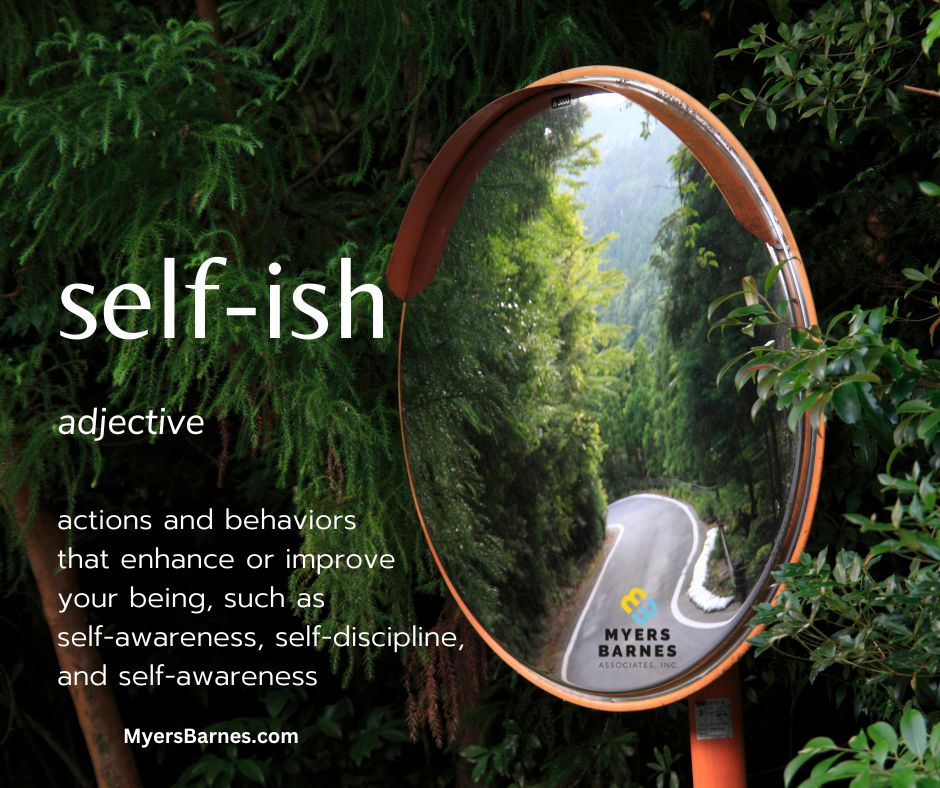Recently, I was talking with a great sales executive who was explaining the concept of “conversational selling”. He told me that this particular process is a more “people-friendly experience for the buyer. If we maintain control while simultaneously keeping it real with people, the comfort experienced by most of them will result in a successful sale.”
I heard what he was saying. I’ve heard it many times before.
I just don’t happen to harmonize with it.
A “conversation” isn’t purposeful. You engage in conversation with people on the street, in the grocery store, while waiting in line. It’s often a time-filler, a casual back-and-forth that can be entertaining, enlightening, or possibly thought provoking.
But what conversation lacks is purpose. You don’t venture into a conversation with a desired outcome in mind. You offer a thought, the recipient lobs one back, and you volley from there. It can drift away into unexpected tangents, and you let it—simply because that’s the interesting miscellany of conversation.
A “dialogue”, on the other hand, is a scene that is played out, in advance, in your mind. Like a director with a screenplay, your dialogue is intended to communicate a specific point, to reach a conclusion.
In the pre-Internet days, you delivered a sales presentation. It was one-sided. We served up persuasive content, carefully crafted to influence the buyer by dangling those carrots that would prompt a bite. It was, in reality, a monologue.
The Internet created a vehicle for people to browse, research, study, and even engage in conversation. Buyers today come to you with far more knowledge and insight than ever before. With the advent of social media, they’ve also become accustomed to conversation and building virtual relationships in this way.
Sales presentations have evolved, as some trainers rebranded the sales presentation and named it “sales conversation”. Selling became more about relationship building than the feature-benefit presentational approach. This connection has grown from communication that encourages trust.
I respect the idea here, yet I believe we need to commit more deeply to the goal. Instead on conversation, engage in a “sales dialogue”. Prepare yourself for the role of salesperson by knowing the outcome you desire, and then crafting the exchange to achieve it. Sure, go ahead and achieve a friendly relationship through the casual banter of conversation. I’m not advising that you skip this step. I am, however, suggesting that you use the opportunity in a more purposeful way.
Prepare the dialogue in advance. Fine-tune it so that the language delivers a message of knowledge and honesty, with healthy dose of persuasion. Study the dialogue. Create scripts that enable you to be prepared to address objections in a friendly, but guided manner.
When you watch a television show or movie, you’re hearing dialogue that has been wordsmithed, with the purpose of guiding you to a specific emotional response. The writers craft the language as interplay between two people. It’s not ad-libbed. You won’t succeed without preparation. Create a dialogue that prompts purposeful engagement between the salesperson and potential buyer. Remember that the scene should not waft along in conversation, but move along a guided path to the desired outcome—the close.
Myers Barnes is America’s favorite new home sales trainer, author, speaker and consultant. For more information, please visit www.myersbarnes.com.



